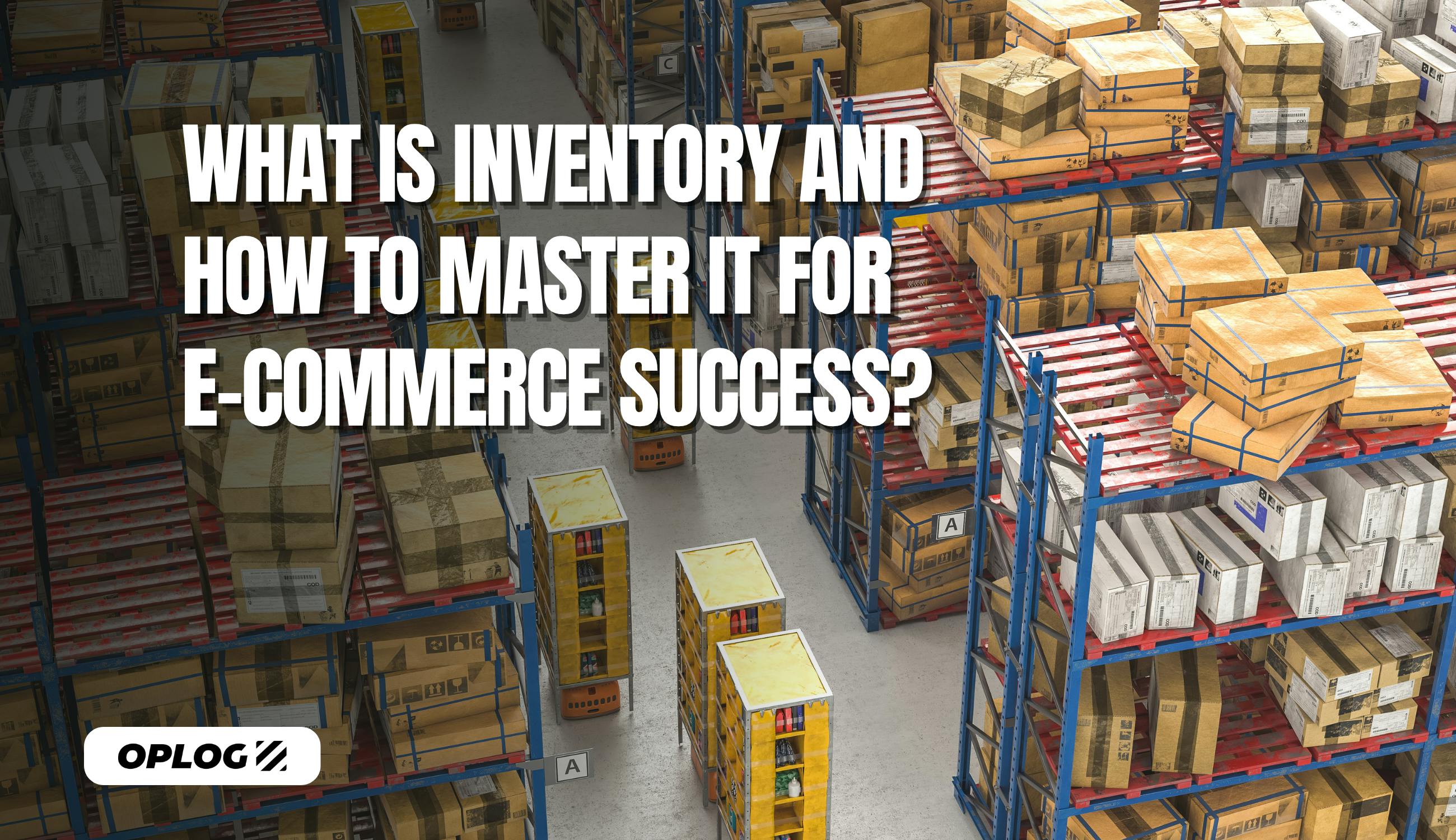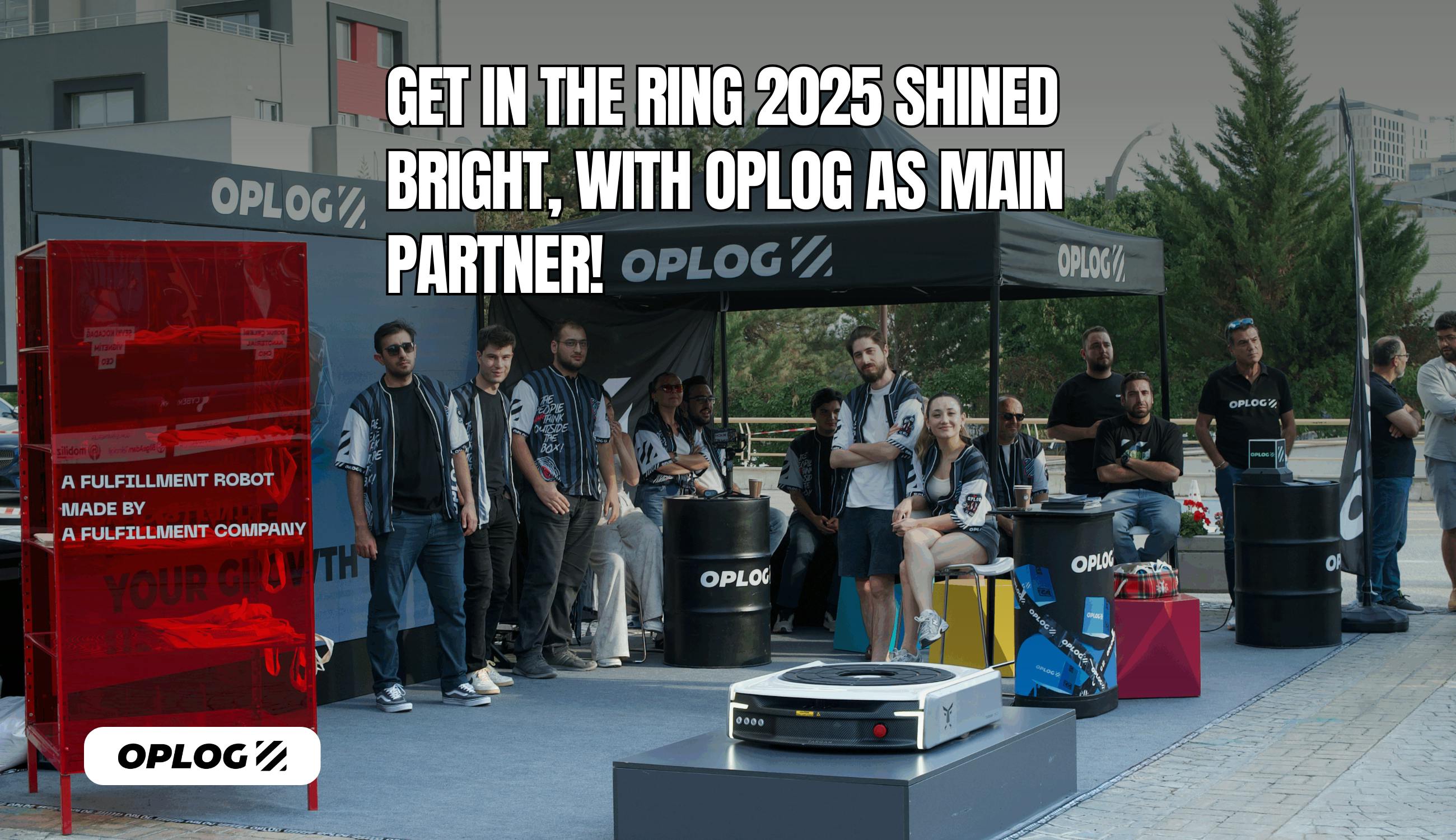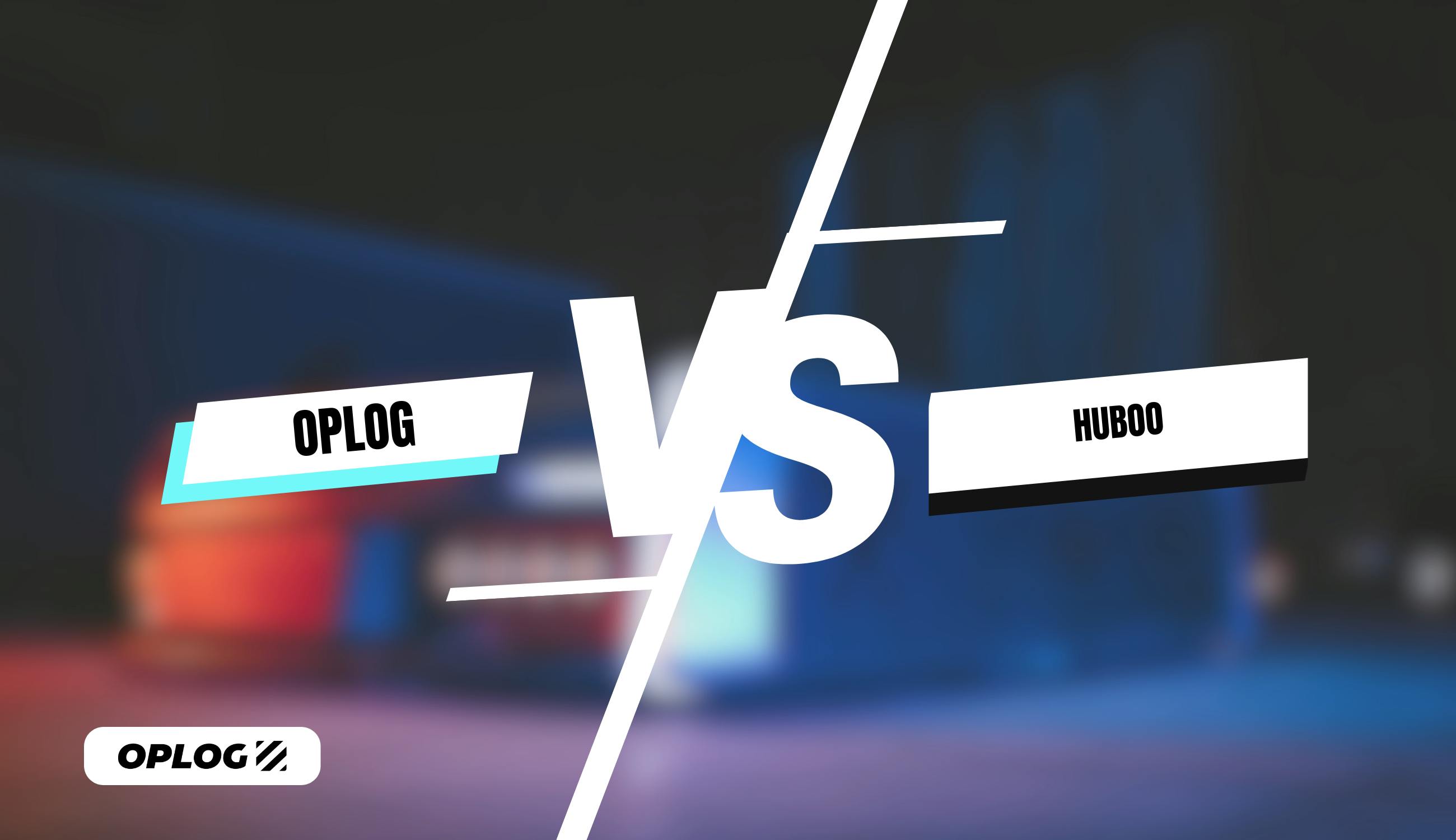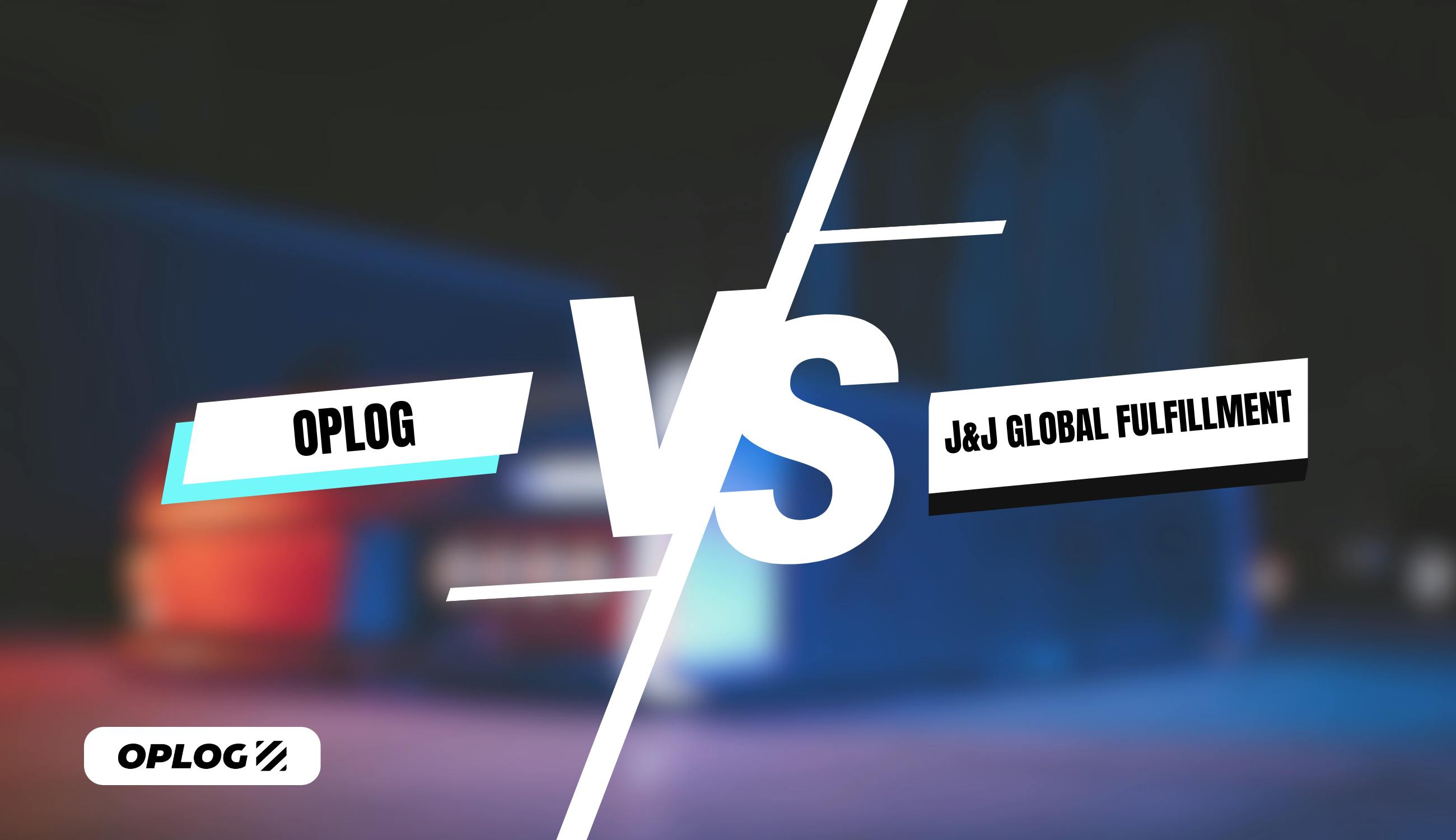Inventory Defined: The A-to-Z Guide to Stock Management for Growing E-Commerce Brands
In the e-commerce world, thousands of orders are placed daily, hundreds of brands reach new customers, and countless products journey from door to door. The invisible hero behind this dynamic ecosystem often doesn't get the credit it deserves: Inventory (or Stock). So, what exactly is inventory, this powerful asset that can determine an e-commerce brand's destiny?
If you are a brand owner, nightmare scenarios like "My warehouse is full, but my best-selling item is out of stock!" or "I don't have the product to fulfill the incoming order!" may sound familiar. To prevent these situations, understanding the concept of inventory—and more importantly, inventory management—is one of the most crucial steps you can take for your profitability and growth.
In its simplest definition, inventory is the entire collection of products, goods, and materials a business holds for sale or use in production. However, for a growing brand, inventory is much more than numbers on a spreadsheet; it is the physical manifestation of your brand’s promise to the customer, an indicator of your cash flow, and a measure of your operational efficiency.
In this guide, starting with the fundamentals of the inventory concept, we will examine A-to-Z what effective inventory management can bring to your brand and how a technology-focused partner like OPLOG can transform this process into an unfair competitive advantage.
Inventory Is Not Just "Product to Sell": Types of E-Commerce Inventory

While "inventory" first brings to mind products ready for sale, the concept is actually much broader. Knowing and correctly managing each of these types is critical for a profitable operation.
- Finished Goods Stock: These are products that are ready to be shipped to the customer, packaged, and complete with all processes. Products appearing as "in stock" on your e-commerce site fall into this category. This is the most dynamic part of your inventory, and your quickest asset for responding to demand.
- Raw Material Stock: These are the basic materials you use to produce your products. For example, for a brand that designs its own jewelry, silver chains, precious stones, and clasps are raw material stock. Correct management of this stock ensures your production process is not interrupted.
- Work-in-Progress (WIP) Stock: Products for which the manufacturing process has started but not yet completed. Continuing the jewelry example, necklaces attached to a chain but not yet polished or given their final assembly are considered work-in-progress stock.
- Safety Stock: This is the extra inventory you hold against unexpected surges in demand or delays in the supply chain. It's your insurance against the risk of "stockouts." For example, this stock allows you to meet suddenly increased orders when an influencer shares your product.
- Seasonal Stock: Inventory prepared in advance to meet the surge in demand during specific periods like Christmas, holidays, Valentine's Day, or Black Friday. This stock is strategically planned to ensure you don't miss the year’s most profitable periods.
Why Effective Inventory Management is the Key to Your Profitability
Possessing stock is one thing; managing that stock correctly is entirely another. Effective inventory management has a direct impact on an e-commerce business's profitability, growth, and customer loyalty. To understand the importance of this subject, we need to look at both sides of the coin.
3 Consequences of Poor Inventory Management
- Stockout: Perhaps the most dangerous situation. A customer comes to your site, wants to buy a product, but it's out of stock. Not only do you lose that immediate sale, but you also risk the customer's trust and future potential purchases. For example, a customer who can't find the shoes they've been waiting for on your site may go to your competitor, never to return. A brand that constantly runs out of stock begins to be perceived as "unreliable."
- Overstock: While it seems the opposite of a stockout, it is just as dangerous. Holding much more product in the warehouse than you can sell means tying up your capital in those products. This locks up cash flow that you should be investing in new products or marketing activities. Hundreds of winter coats left over when winter is finished are a dead investment that won't be sold until next year. It also increases your warehousing costs and carries the risk of products being damaged or becoming obsolete.
- Dead Stock: This is the worst outcome of overstock. Products that are no longer in demand, are outdated, out of season, or nearing their expiration date are called "dead stock." These products not only take up space in the warehouse but also turn into a cost pile with no chance of generating profit. Even trying to sell them off at a loss requires time and marketing effort.
3 Golden Rules of Good Inventory Management

- Increased Customer Satisfaction: Having the right product in stock at the right time is the first step in meeting customer expectations. Customers who receive their orders on time and complete are more likely to be loyal to your brand and recommend you to others.
- Optimized Cash Flow: Good inventory management means knowing when and how much to order. By tracking metrics like "inventory turnover rate," you efficiently cycle your inventory. This allows you to use your capital to grow your business instead of tying it up in excess stock.
- Lower Operational Costs: You eliminate unnecessary storage fees, product waste, and the extra costs of emergency shipments made in a "stockout panic." Efficiency increases, and costs decrease.
Warehouse Management: The Strategic Heart of Your Fulfillment Operation
We understand the importance of inventory management, but the physical and technological center where this strategy comes to life—the warehouse—is a success factor in itself. In modern e-commerce, the warehouse is no longer just a place to store products; it is a strategic hub where the fulfillment experience, and your brand's touchpoint with the customer, begins. Effective warehouse management determines the quality of your entire fulfillment process, from inventory accuracy to delivery speed.
For growing brands, taking warehouse operations to the next level means turning it from a cost center into a competitive advantage. This transformation happens in three key areas:
- The Warehouse is an Omnichannel Hub: Successful brands no longer sell only from their own websites but also through marketplaces, social media, and even physical stores. A modern fulfillment warehouse acts as a single, central inventory point for orders coming from all these channels. When you partner with a technology-focused provider like OPLOG, you eliminate the complexity of managing your stock separately across different channels. This centralized warehouse management prevents problems like being "out of stock" on one channel while having excess stock on another.
- The Warehouse is a Data Mine: A fulfillment warehouse is not just a place where products enter and exit; it is a center that generates vital data for your brand. Data on which products are picked fastest, which products are returned most often, and peak order times, when correctly analyzed, guide everything from your inventory planning to your marketing strategies. OPLOG's proprietary technology platform provides this warehouse-generated data to you as meaningful reports, enabling you to make smarter decisions.
- The Warehouse is the Starting Point of the Customer Experience: Your customer’s physical contact with your brand begins the moment they receive their order. How quickly that package arrives, the accuracy of the products inside, and the quality of the packaging are entirely the result of the fulfillment processes within the warehouse. Efficient warehouse management ensures orders are prepared accurately and at jet speed, directly increasing customer satisfaction and brand loyalty. This means your fulfillment operation is not just a logistics process but also a marketing tool.
How to Achieve Modern Inventory Management: From Excel to Automation

So, how is this delicate balance achieved? How should a growing brand manage its stock?
Traditional Methods and Where They Fall Short
Many businesses initially track their stock using manual methods like Excel spreadsheets. While this works for a while at low volumes, it turns into a nightmare as the brand grows. Manual tracking is highly prone to human error (a misplaced digit can ruin the entire balance), it is not real-time (you can sell an unavailable product in the time it takes the warehouse worker to update the stock), and it is nearly impossible to manage different sales channels (website, marketplaces, etc.) synchronously.
The Power of Technology: Why Real-Time Stock Tracking Matters
The complexity of modern e-commerce has made technology-backed solutions a necessity, not a luxury. Warehouse Management Systems (WMS) and technology-focused fulfillment platforms automate this entire process. Real-time stock tracking means knowing exactly how many units of any product you have at any given moment, and having this information instantly updated across all your sales channels. This allows you to make decisions (like when to reorder which product) based on data, not guesses.
Future-Proof Your Inventory Management with OPLOG

It is possible to turn inventory management from a headache into a strategic strength for your brand. At OPLOG, we combine technology, flexibility, and expertise to meet the precise needs of growing brands.
- Instant Control and Visibility with OPLOG ONE: OPLOG's proprietary technology platform, OPLOG ONE, allows you to manage your entire inventory process from a single hub. This platform offers superior, real-time visibility and control compared to potentially fragmented or legacy systems. You can see not only how many units of a product remain but also exactly which warehouse they are in (Turkey, the UK, or Germany) all from one screen. You can manage your inventory from a single pool across different sales channels, set alerts for critical stock levels, and receive data-driven reports for future demand forecasting. The uncertainty of Excel gives way to the clarity of technology.
- End Overstock Costs with the PAYG Model: One of the biggest problems with traditional logistics agreements is that they trap you in fixed costs and long-term commitments. You are forced to pay for warehouse space for your winter coats in the middle of summer. OPLOG’s Pay-As-You-Go (PAYG) model solves this problem fundamentally. This model eliminates fixed warehouse and staff costs. You only pay for the space and service you actually use. This converts your fixed logistics costs into variable expenses, easing your cash flow by eliminating the risk and cost of overstock.
- Error-Free Inventory Management with TARQAN Robotics: Eliminating the risk of human error from manual processes is critical for inventory accuracy. Our Autonomous Mobile Robots (AMR), TARQAN, operating in OPLOG warehouses, automate this process. TARQAN performs the tasks of placing products on the correct shelves and picking orders with over 99.9% accuracy. This automation roadmap both increases operational efficiency and maximizes inventory accuracy, making your stock management error-free. Customer-dissatisfying mistakes like incorrect product shipments are minimized.

Conclusion: Inventory Is Not a Burden, It's a Power
As you have seen, while the answer to "what is inventory" is simple, inventory management is a multilayered and strategic process essential for a brand’s success. Manual methods that work in the initial stages of growth can quickly turn into an obstacle.
However, with the right technology and the right partner, inventory management can transform from a burden into one of your biggest competitive advantages. Delivering a brand promise of "always in stock" to your customers, utilizing your capital most efficiently, and achieving operational excellence is possible with the technology-focused solutions offered by OPLOG.
Are you ready to turn your inventory management into a competitive advantage with OPLOG's technology and expertise? Contact OPLOG today and future-proof your operations.






